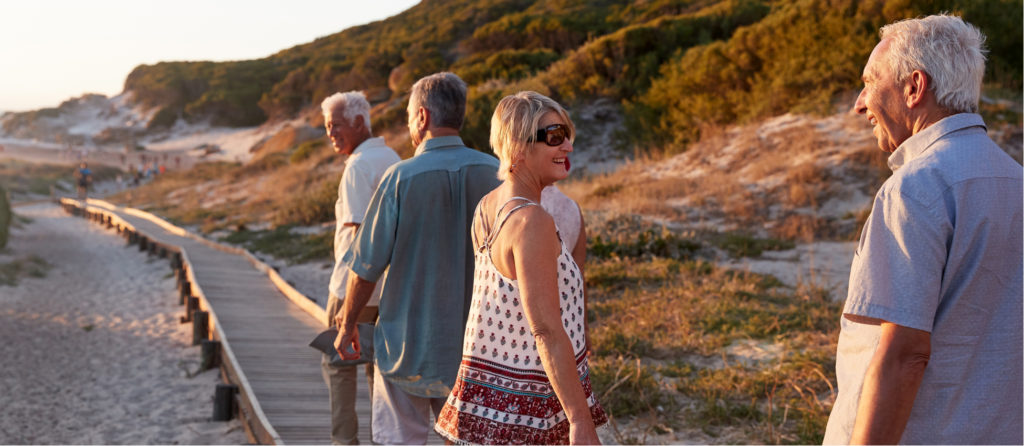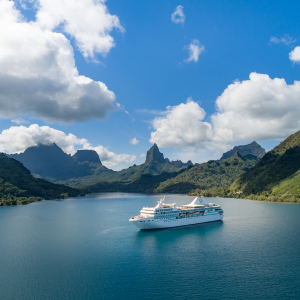
In a scene similar to the Pied Piper of Hamelin fairy-tale we walked along the narrow village street accompanied by an ever-increasing crowd of curious children following in our wake. Some giggled excitedly and pointed, while others peeked out shyly as they hid behind their siblings.
Word had spread quickly as Katha Pandaw moored on the banks of the remote village alongside the Hooghly River and the first locals gathered on the ghats, the stone steps leading to the water, to watch our arrival. As we strolled through the village men rested from their labours to wave, and women in jewel-bright saris smiled from doorways; some inviting us into their rustic homes.


It was a stark contrast to Kolkata, the teeming former capital of British India, where we’d arrived a few days earlier. But India is a land of paradoxes. It’s a country where the pulsating energy of modern cities is a world away from small villages just a few miles upstream, and a land where ancient rituals and centuries-old customs are part of everyday life. However, what they all share is a deep connection to these sacred waters.
A river cruise along the Ganges – worshipped by Hindus as the embodiment of the goddess Ganga – and its distributary, the Hooghly, provides a chance to witness this extraordinary blend of past and present.

For silver travellers, it’s also a wonderful way to discover a large swathe of West Bengal without having to constantly pack and unpack or embark on a tiring road trip. The nine-day voyage on the 24-passenger Katha Pandaw provided access to the spiritual and cultural landscape of India as we weaved our way from Kolkata to Baranagar, a round-trip sailing of around 350 miles.
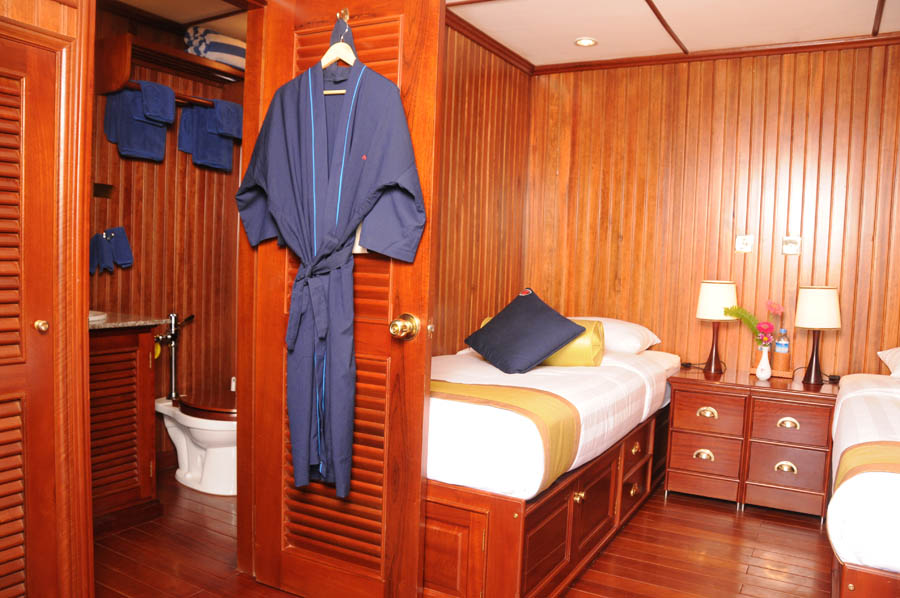
From the shady top deck we had an unobstructed view of the river’s timeless panorama. Fishermen cast their nets, women washed clothes, jam-packed ferries with people standing on the flat deck criss-crossed in our path and families performed ritual ablutions.
Kolkata is a city where colonial architecture rubs shoulders with vibrant markets, and the legacy of the British East India Company lives on in the form of imposing buildings and haunting memorials. Our first stop on the trip was St. John’s church to see the monolith commemorating the victims who died in the suffocating Black Hole of Calcutta jail at Fort William. The event triggered the 1756 Battle of Plassey, led by Robert Clive, that changed the course of Indian history.
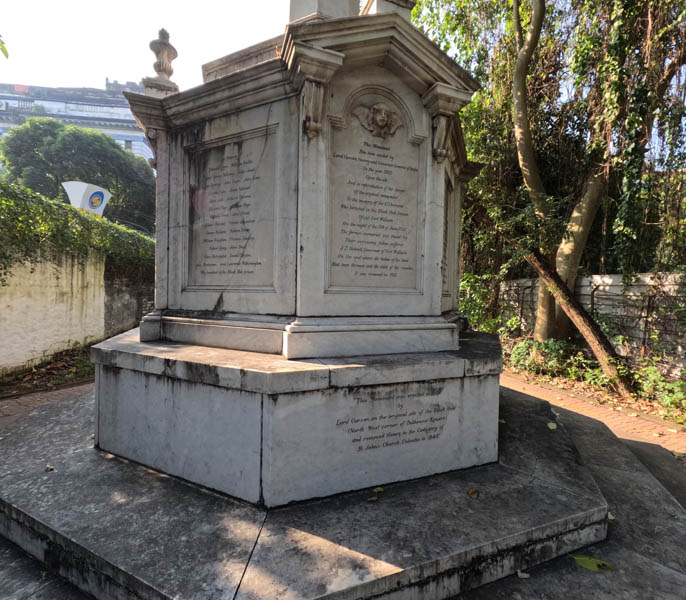
Next day, we rose early to go to the dazzling spectacle of Malik Ghat Flower Market, one of the largest in Asia. The air is filled with the scent of dazzling marigolds, jasmine and roses, being deftly turned into garlands and arrangements that will end up at temples, festivals and weddings.
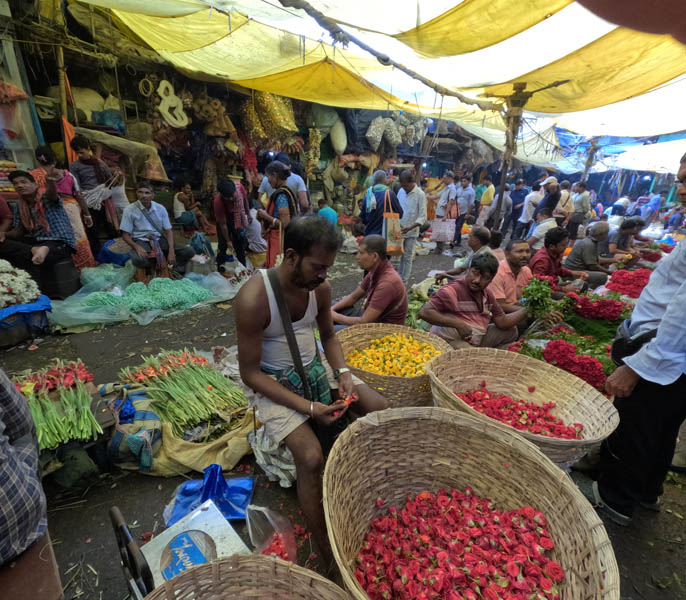
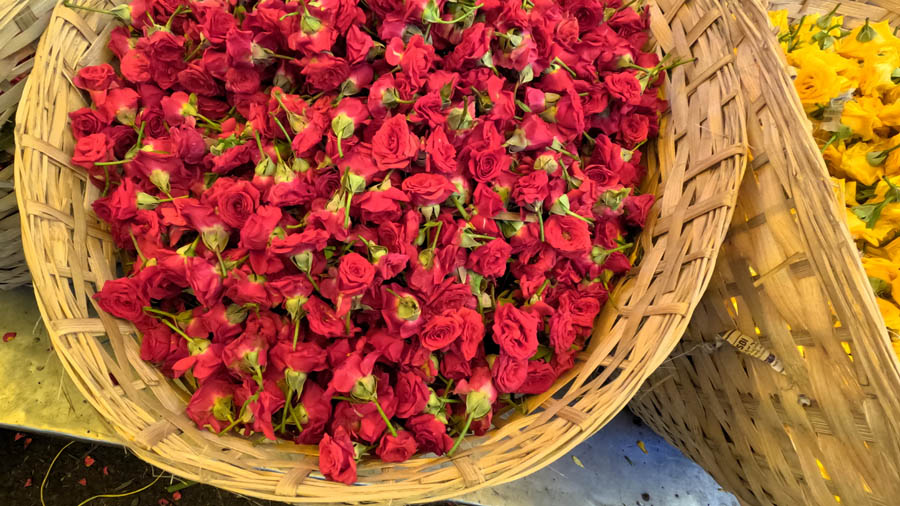
When our guide Deepak hears some of us are interested in railways, he makes a detour to the nearby station where we mingle with hundreds of commuters and admire the sleek Vande Bharat Express train. While outside, Ambassador taxis – the first cars made in India and little changed since 1957 – lined up six abreast.

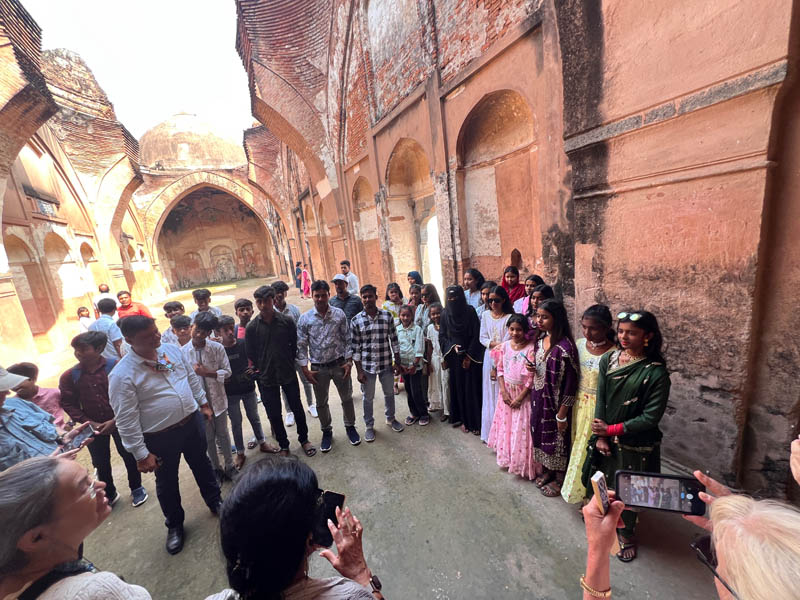
It was the first of several detours during the week which revealed unexpected and unforgettable snapshots of life. After a few words from Deepak we ended up being ushered into people’s homes and invited to play cricket with a group of teenagers. Another time we listened, enchanted, as a group of children at a mosque sang the Indian national anthem just for us.
Each day we’d set off on one or two excursions, with plenty of time to relax back on board Katha Pandaw in between. Sometimes we walked, and for longer distances we clambered into electric tuk-tuks for full immersion into India’s inimitable traffic system. Against the constant backdrop of honking horns, we weaved past pedestrians and cycle rickshaws, while being overtaken by motorbikes and trucks covered in kaleidoscopic folk art. Holy cows wandered oblivious through the melee, and it was surprising how quickly we also got used to it.
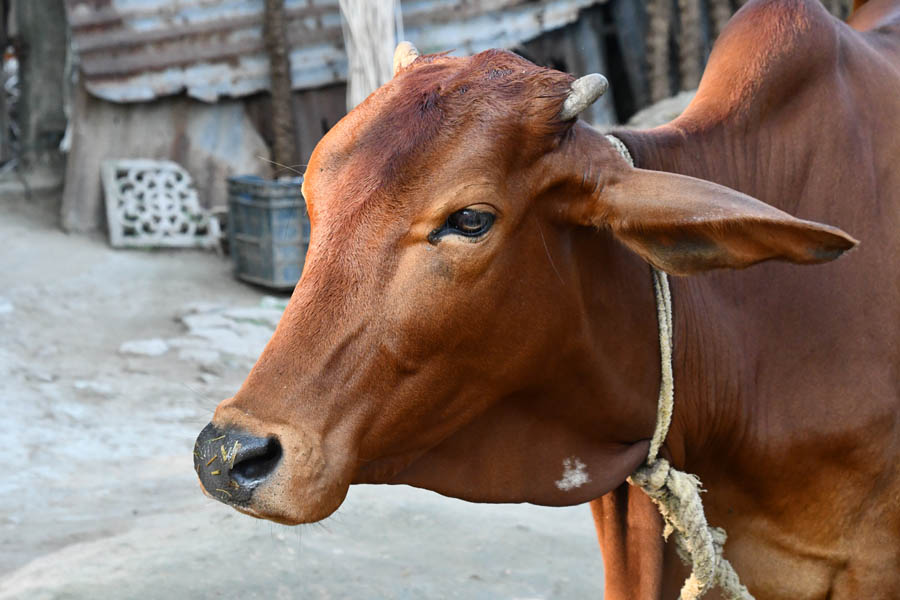

Highlights included Matiara, the brass-making village where skills are passed down through the generations, and in Murshidabad we admired the grandeur of the early 19th century Hazarduari Palace, where many of the 1,000 doors are false; a clever ruse to confuse potential intruders.

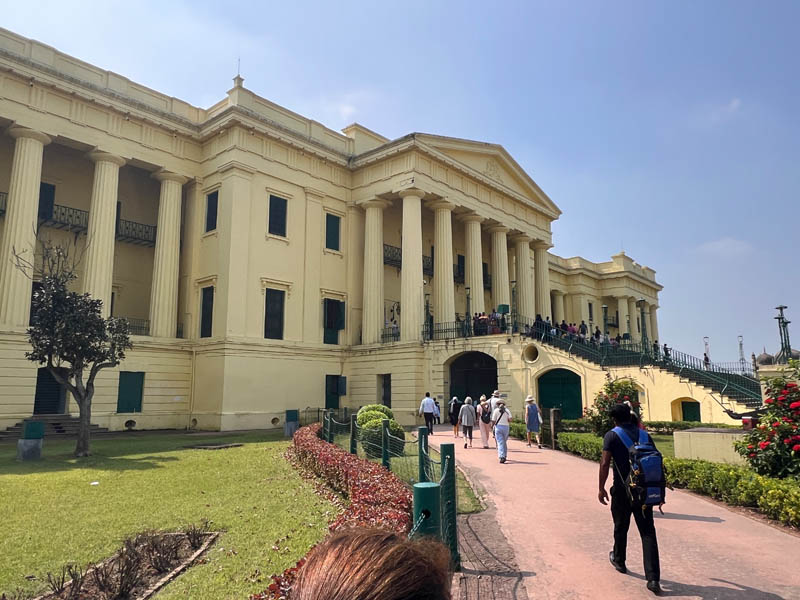
In Mayapur we visit the Hare Krishna temple, where the construction of the world’s largest Hindu place of worship is underway. Again, Deepak takes us behind the scenes, offering a rare glimpse of the enormous building site where hundreds of workers are bringing this sacred vision to life.

Everywhere we went, several crew members from Katha Pandaw came too, handing out water and making sure nobody got lost. Each time we returned to the vessel others were waiting with chilled towels, cooling juices and omnipresent smiles. Within 15 minutes our shoes had also been cleaned and were back outside the cabin doors.
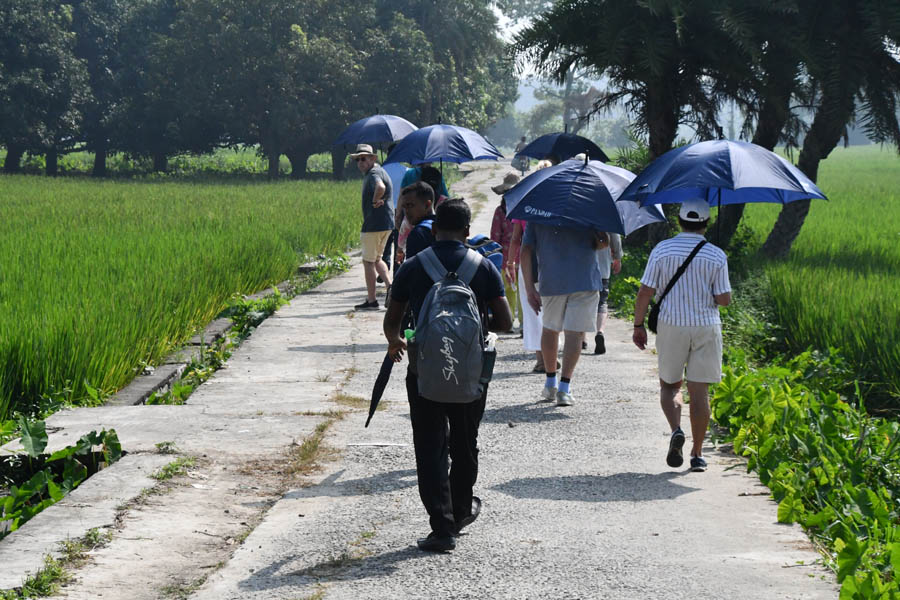
Mealtimes, heralded by a gong, were another treat. The barman quickly got to know our favourite drinks – all included in the fare – and the chef and his team created a never-ending array of tasty dishes which were a feast for all the senses.


All my fellow shipmates were silver travellers, several of them solos taking advantage of Pandaw’s welcome lack of single supplements on selected departures. Our last night brought another surprise when the crew helped us dress in traditional Indian costumes.
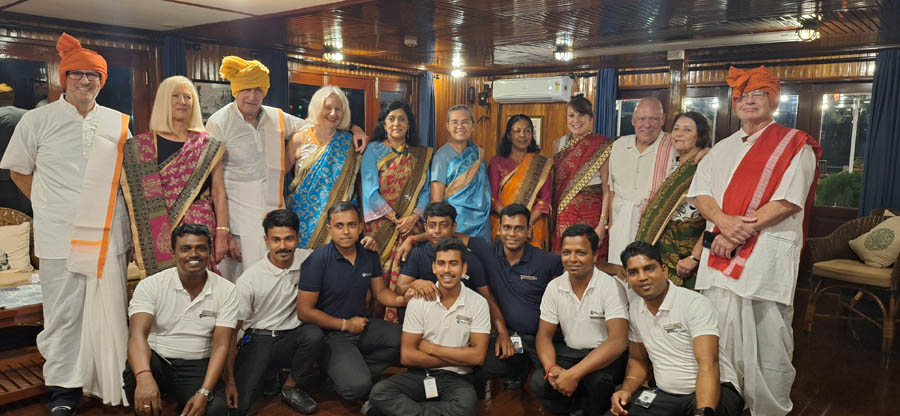
As the journey came to an end, I realised that the true essence of this river cruise was not the grand sights and majestic temples – wonderful as they are – but in the people, both on Katha Pandaw and ashore, and their deep, unbreakable connection to the Ganges and Hooghly.
Find out more
Founded in 1995 by Scottish historian Paul Strachan, Pandaw was inspired by the legacy of the Scottish-owned Irrawaddy Flotilla Company. The line’s fleet of 12 vessels are modelled on the ships that sailed in Burma, now Myanmar, from 1865 to the late 1940s and combine traditional teak and brass fittings with modern-day comforts. Pandaw has pioneered river expeditions across Southeast Asia, and was the first to open many of the region’s waterways to curious international travellers.
Silver Travel Advisor partner Fred. Holidays packages Pandaw cruises with flights from the UK and transfers. To book a cruise and get further information from our Silver Travel Advisors, call 0800 412 5678.
